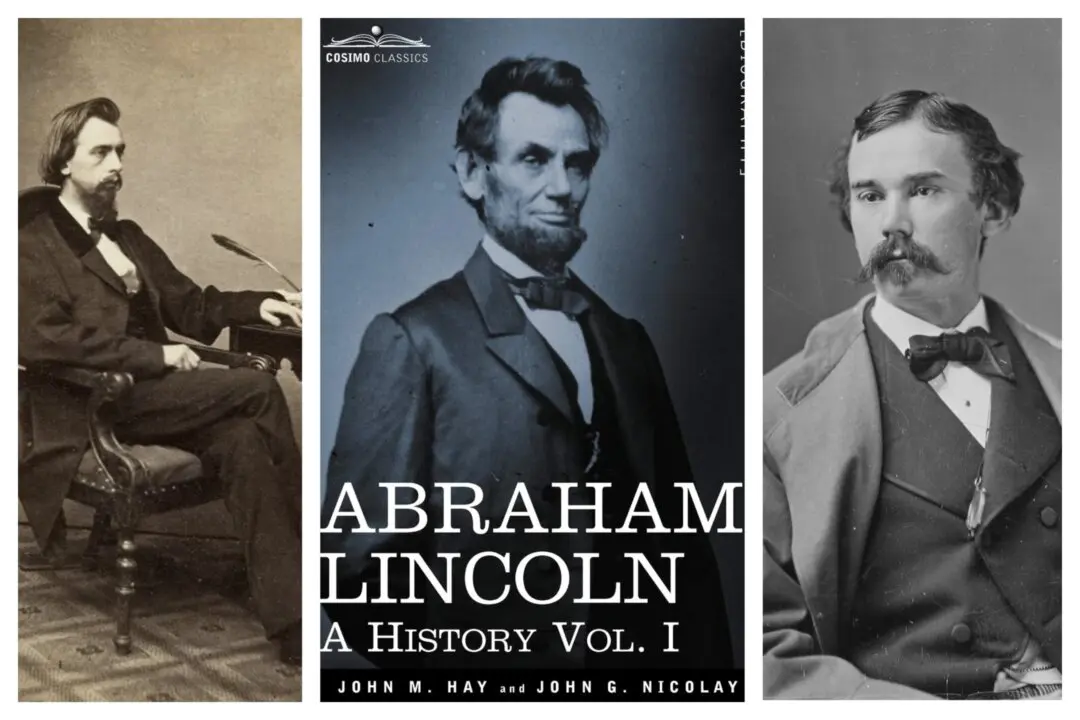If rooms and furnishings could talk, the home referred to as North Bend in Charles City, Virginia, would be in perpetual chatter mode. Throughout its history, many significant occurrences took place within the Greek Revival-style home, starting with its construction in 1801 by John Minge for his wife, Sarah Harrison, the sister of William Henry Harrison, who was the ninth president of the United States.
In an 1830 census, there were 80 slaves listed at North Bend, but David Minge, the son of John Minge Jr., inherited the property before the Civil War encroached on the area. Following his religious convictions, he freed the enslaved people across the state line into Maryland.





